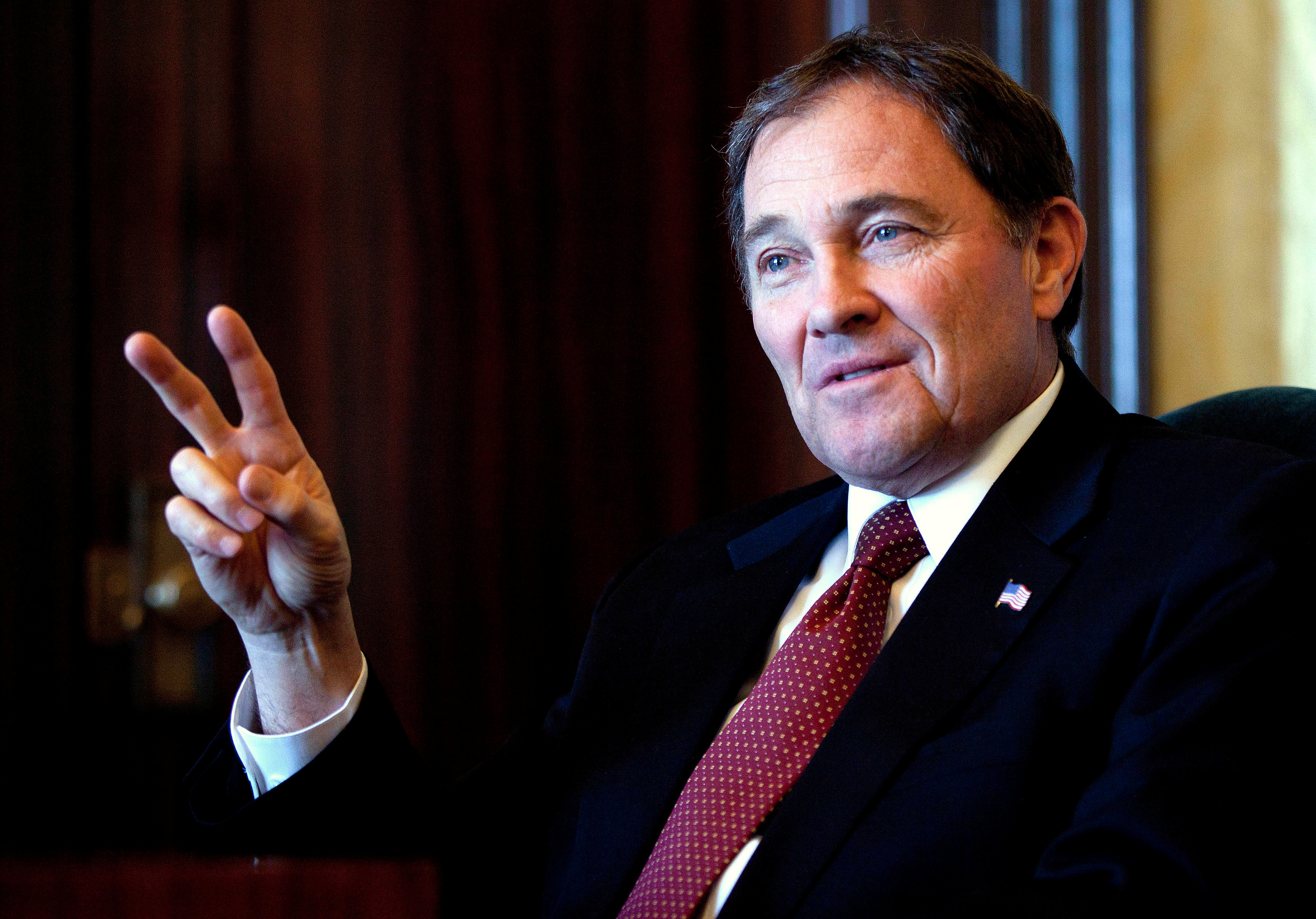
By Dan Whitcomb and Keith Coffman
(Reuters) – A wildfire in Northern California continued to spread on Tuesday, as firefighters battled the blaze that threatened hundreds of homes and other structures, sending thick black smoke across the San Francisco Bay Area.
The County Fire, which broke out on Saturday afternoon in rural Yolo County, west of Sacramento, blackened more than 70,000 acres (28,800 hectares) of grass, brush and dense scrub oak. That was 17 percent more than the 60,000 acres (24,280 hectares) it had burned as of late Monday.
The United States is in the midst of a more-active-than-usual fire season, with the risk significantly above normal for many western states, according to federal forecasters.
The County Fire was only 5 percent contained early on Tuesday, with more than 2,100 fire personnel battling the flames, the California Fire authority said.
The blaze threatened about 700 homes, a local NBC affiliate reported on Monday, as authorities issued evacuation orders and advisories to hundreds of residents.
The job of hand crews and bulldozer operators trying to cut containment lines was made more difficult by high winds, which were blowing embers and starting new spot fires, Scott McLean of the California Department of Forestry and Fire protection said on Monday.
“The potential for growth remains high as crews battle the fire in difficult terrain,” Cal Fire said in an advisory.
The smoke reached about 75 miles (120 km) south to San Francisco, leaving a film of ash on cars and windows. No casualties have been reported.
Wildfires have burned through nearly 2.5 million acres in the United States from Jan. 1 through Monday, well above an average of about 2.3 million for the same calendar period over the last 10 years, according to the National Interagency Fire Center.
Western Colorado, where six major wildfires have charred more than 100,000 acres, along with much of Utah and Eastern Nevada were under a Red Flag warning on Tuesday when wind gusts of up to 35 miles per hour, extremely low humidity levels and hot temperatures were expected, the National Weather Service said.
The largest blaze, the Spring Fire in southern Colorado, has burned nearly 61,000 acres, destroyed at least 104 homes and forced the evacuations of hundreds of residents, officials said.
That fire, caused by humans, was just 5 percent contained, according to InciWeb, a federal government wildfire website.
(Additional reporting by Brendan O’Brien in Milwaukee and Makini Brice in Washington; Editing by Scott Malone and Bernadette Baum)










